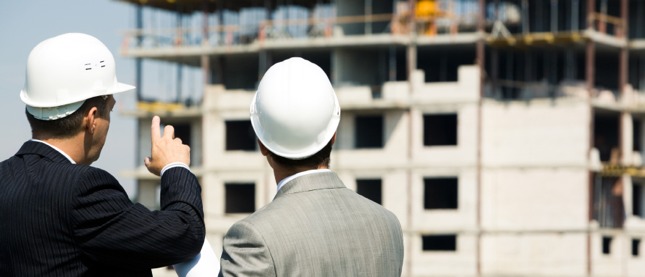The Role and Impact of Property Developers in Shaping Urban Landscapes
The Role and Impact of Property Developers in Shaping Urban Landscapes
Blog Article
In the bustling world of real development, property owners are recognized as the architects and visionaries of urban landscapes, shaping skylines and communities alike. Combining their creativity and financial acumen as well as the ability to plan strategically, these experts are instrumental in transforming vacant lots to vibrant neighbourhoods and decaying buildings into contemporary marvels. This article delves into the complex world of property development, looking at their roles, responsibilities, and the lasting impact they have on the surrounding environments.
At the heart of the property development process is the idea of creating spaces that meet the evolving needs and aspirations of the society. Developers initiate projects with meticulous plan, conducting preliminary studies of the feasibility and market and architectural assessments to ensure viability and alignment with demand. This approach to planning for the future does not just meet demands of the moment but also looks ahead to emerging trends to ensure sustainability in urban development.
Executing a development project is a meticulous process that requires coordination, planning, and resource management. Property developers orchestrate a network comprised of architects, engineers subcontractors, and contractors to make their dream come to life. They are responsible for every aspect of construction starting with site preparation and the development of infrastructure, to building construction and the finishing of interiors. This requires adept abilities in project management to manage the complexities of budget restrictions, regulatory compliance, and unforeseen obstacles. Furthermore, developers need to ensure that their construction is in line with quality requirements, safety standards as well as sustainability standards, demonstrating their dedication to investment.
Beyond the bricks and mortar Property developers play a crucial role in shaping the social fabric and the vitality of the communities they serve. By investing strategically in public space, amenities as well as infrastructure, they boost the quality of life and appeal of neighborhoods. Through the development of vibrant retail areas as well as recreational and the cultural sector, developers contribute in the local economy as well as provide jobs. Moreover, sustainable development practices encourage environmental stewardship and are resilient to climate change and align with larger social goals. Thus, property developers exert considerable influence to promote inclusive and sustainable growth, and promoting a mutually beneficial connection between community development and well-being. To obtain extra details kindly head to akisama.com.my/
The role played by real estate developers isn't in a vacuum, given that their actions can often appear to be damaging or disruptive to existing communities. In addition, displacement, or gentrification, affordable issues are common in neighborhoods that are rapidly growing, raising concerns about inclusiveness and equity in society. Many critics say that uncontrolled growth is a way of putting profit over the needs of long-term residents which increases income disparity and social homogenization. Achieving a balance of the interests of a variety of parties, such as residents, the policymakers and investors is essential to mitigate these problems and ensure sustainable urban development.
Amid the pursuit of profits Property developers have a significant responsibility towards sustainability and social impact. Sustainable design practices such as energy efficiency, green buildings, and green spaces are now targeted to decrease environmental footprints and enhance quality of life. Furthermore, developers play a crucial part in initiatives to build affordable homes to address societal inequality and housing shortfalls. With the adoption of sustainable and inclusive methods of development, developers do not just reduce risks, but contribute to the long-term resilience and sustainability of communities.